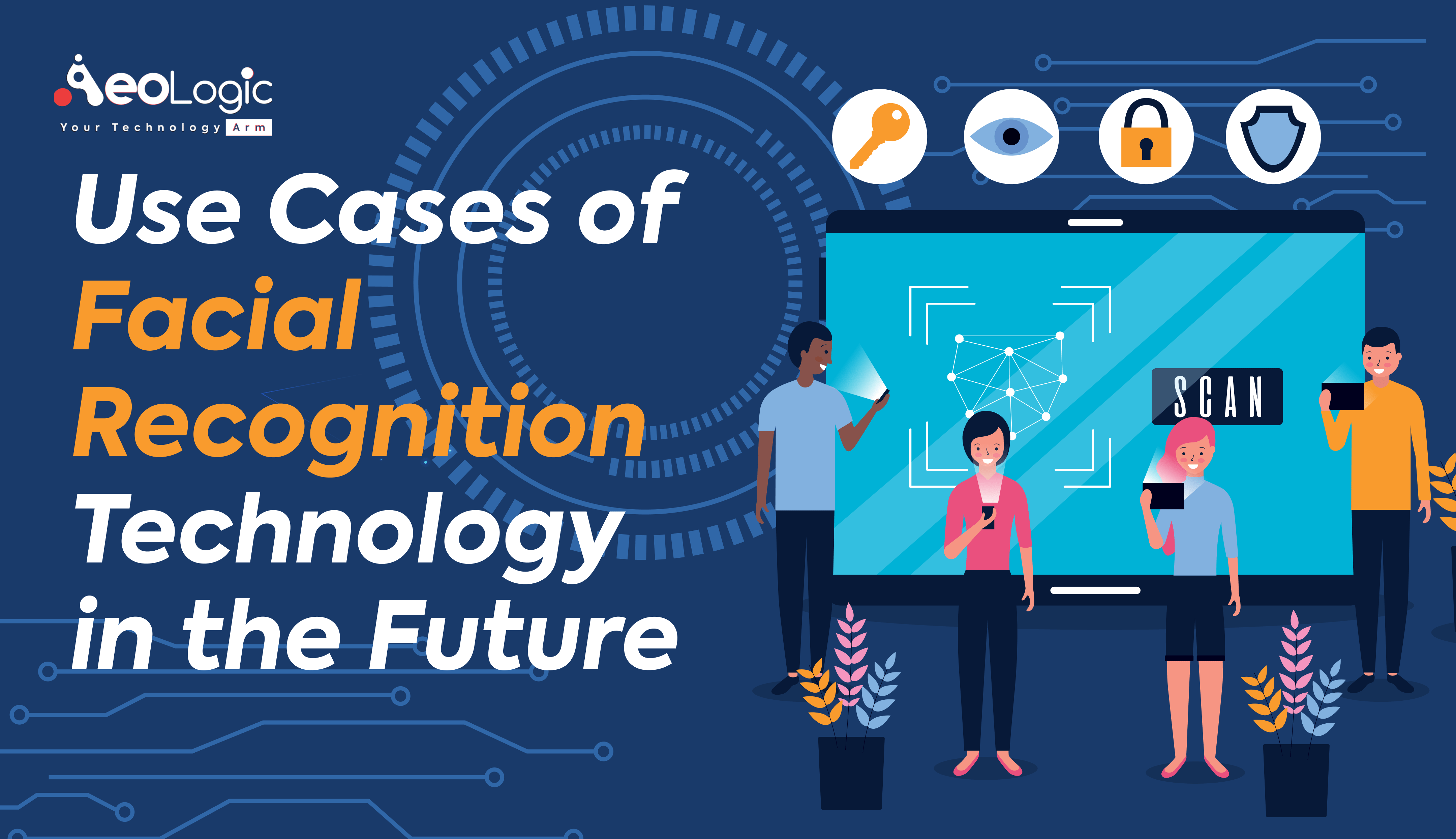Facial recognition is a biometric technology that helps in identifying facial vectors and features and matches them with a pre-registered individual. This technology is highly used across an edge computing infrastructure. Facial recognition has been around for many years and is now experiencing huge-scale implementation. In this blog, we will be pinning down the uses cases of facial recognition technology in the future.
The use cases of facial recognition technology provides various capabilities for adding value and are presently being adopted across several industry areas.
Also read: Futuristic Technology Advancements in the Retail Industry
Top Use Cases of Facial Recognition Technology in 2023
Facial Recognition for Access Control
Access control is the exclusive restriction of access to particular places or resources. For demonstrating how facial recognition can improve access control, let’s check out the following examples:
Access Control Systems for Commercial and Residential Facilities
Facial recognition is broadly incorporated in commercial and residential facilities for granting access to authorized employees, family members, or pre-registered guests – or limit access to unauthorized persons. Examples include:
- Employee and visitor door entry for business facilities
- Smart locks for residential and commercial facilities
- Smart elevators for residential and commercial buildings
Access Control Systems for Airports
The least enjoyable experiences of any traveler is mostly customs and immigration screening, and passenger boarding is one of the many drawbacks of air travel. In last few years, airport self-service kiosks and access control gate have been using facial recognition to the benefit of travelers in the following processes:
- Boarding of passengers and flight attendants
- Immigration control
Access Control Systems for Restricted Resources and Equipment
From research facilities, factories, hospitals, and warehouses, to agriculture and mining, there is a wide range of specialized equipment and machinery. That are in need of strict access, tracking, operational control, and reporting. Thanks to facial recognition technology, access to restricted resources and equipment are able to stay secure. Following are some examples:
- Smart medicine cabinets
- Expensive machinery requiring trained skills
- Vehicle Inspection Information Systems
Facial Recognition for Security and Surveillance
Effective surveillance is depending on watching live video feeds or recordings and manually notifying designated personnel of any unexpected event, traditionally. Since this process was unmanageable, costly, and unreliable.
Therefore, integrating facial recognition in security systems can gradually improve the effectiveness of security and surveillance across different verticals, and decrease overall costs. Furthermore, it can help in recognizing when individuals are within a camera’s sight line and identify anyone already in the system’s record, automatically sending alarms for targeted human interventions.

Facial Recognition for Health and Safety
Moreover, you can typically find facial recognition embedded into health kiosks. Kiosks powered with facial recognition are using cameras for detecting if an individual is wearing a mask, and if they are wearing it the right way. Also, they can be installed with thermal imaging cameras for measuring body temperature. Thus, making sure that no one with a fever enters the premises. Hence, it is helping in keeping the Covid-19 protocols in check.
Security systems can grant access, after the individual passes these health checks. Somehow, if they do not pass the health checks, systems can alert the designated staff for taking appropriate action.
Health kiosks can be helpful for retailers, hotels, restaurants, workplaces, offices – and specially for public transportation.
Facial Recognition for Time and Attendance
As organizations are opening their physical offices and welcoming employees back, the use cases of facial recognition technology can boost their time and attendance systems. On the other hand, there are several reasons why facial recognition technology is used:
- It is contactless. The less physical contact people make with any surface, the lesser is the risk of bacterial and viral transmission. This implies that you can easily maintain a healthy workplace.
- It supports all cameras. Whether your system already includes cameras, or you’re planning to implement them, they will be operating with facial recognition engines.
- Employees can simply enroll with a photo. Facial recognition technology systems are keeping employee photo databases. Employees can easily take or upload a photo, and then when they log in or out the system performs a 1:N face search. In order to confirm and verify the employee’s identity.
- It prevents spoofing. Facial recognition technology helps in protecting against instances of biometric fraud, such as when an imposter holds someone else’s photo or video in front of the camera, whether for buddy punching reasons or impersonation .
- It is highly accurate.
Also read: Role of AI in Optimizing Business Management
What is the Future of Facial Recognition Technology?
When building a facial recognition technological solution customized to your specific requirement it is useful to examone similar well accepted and widely deployed use cases. This article has mentioned several use cases of facial recognition technology. For example, if you want to integrate facial recognition for employee and visitor access control, you can learn from existing deployments in businesses with comparable size and objectives.
Get in touch with us to know more about facial recognition technology.









